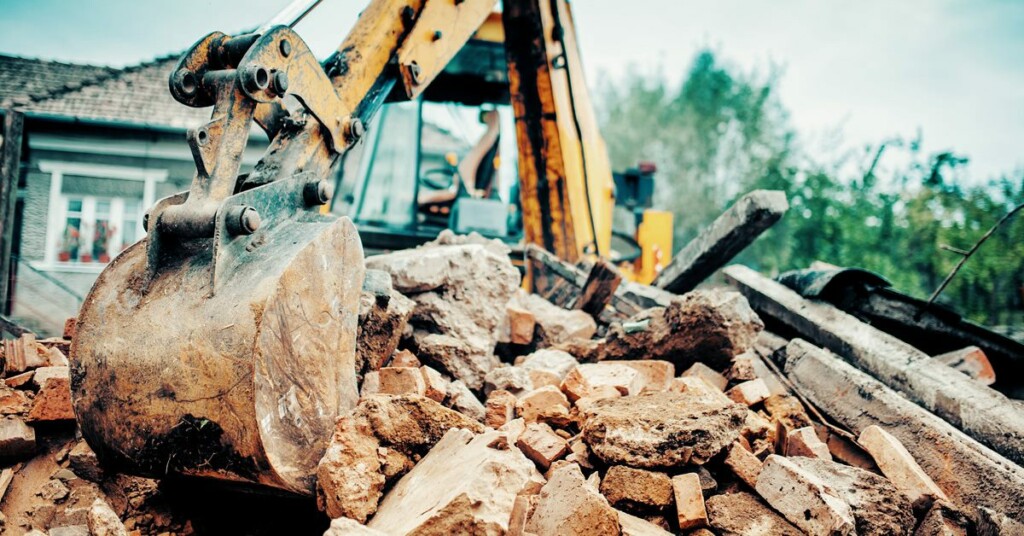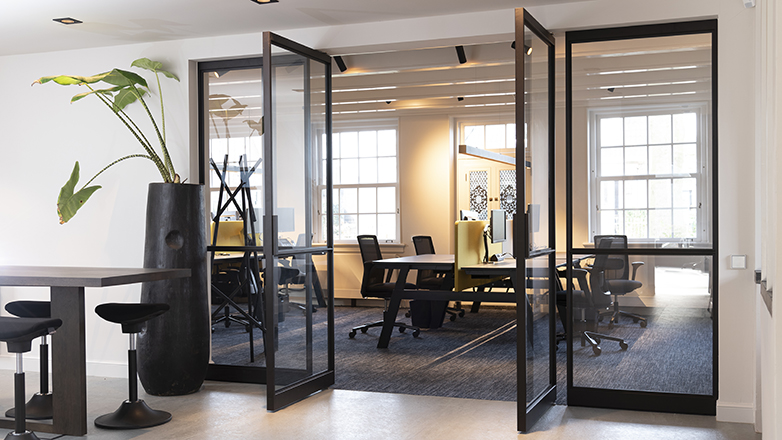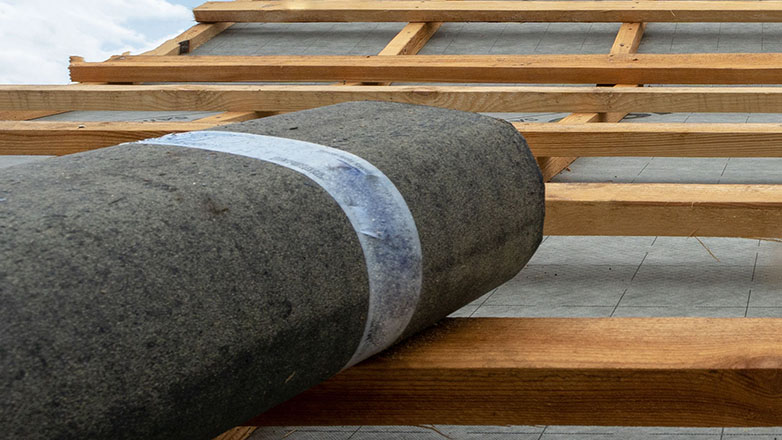The final phase of a building: The deconstruction
The topic of sustainability is becoming increasingly important, on a national and international level, and is one of the most important guiding principles for the future. In order to be able to leave an intact environment to our posterity, we must act sustainably. This involves taking ecological, economic and socio-cultural aspects into account in equal measure and considering them as interacting with each other – in the world of construction, too, increasing emphasis is being placed on sustainable building.
But what does sustainable building actually mean?
Sustainable construction means taking into account the complete life cycle of a building and optimising the use of raw materials and energy in all its phases. This means that from the extraction of raw materials and planning, through construction and use, to dismantling, including disposal and recycling, resources are used efficiently and the environmental impact is kept to a minimum. The sustainability of buildings is also increasingly being assessed and evaluated according to ecological, economic and socio-cultural aspects.
The deconstruction of buildings
The last phase in the life cycle of a building in particular, deconstruction, has hardly been taken into account so far. However, this could change in the longer term, because if one considers the enormous consumption of resources and the simultaneous shortage of raw materials, the deconstruction and the recyclability of building materials must also be considered holistically in the future. Even as a builder, we should think about the deconstruction of a building or individual components as well as their reusability as early as the planning stage – the deconstruction-friendliness could be a decisive purchase argument for the buyer when selling the building.
If you must demolish, do it properly!
In today’s world, controlled deconstruction should be preferred because it is important to prevent the discharge and dispersion of pollutants into the environment through faulty deconstruction. Controlled deconstruction is a systematic, selective, recyclable demolition in which the materials containing pollutants are always removed before the actual demolition of the building. In the past, building materials were used that are now considered hazardous waste, such as asbestos sheets. The aim of controlled deconstruction is to recycle the highest possible proportion of construction waste and to separate the building materials used with the highest possible degree of purity. In this way, materials such as bricks, wood and concrete can be completely separated.
In order to meet the requirements and objectives of a controlled deconstruction, planning with the creation of a deconstruction and disposal concept is required. When carrying out a controlled deconstruction, the steps of a new construction are carried out in reverse order. Depending on the size, age, type of construction and use of a building, a qualified assessment of the pollutant situation in the building fabric must be carried out before implementation and taken into account in the planning.
The reusability of building materials
The production of high-quality building materials requires the provision of raw materials. These raw materials are taken from the environment and are not infinitely usable – without the circular economy they would eventually no longer exist. Reprocessing turns building components, construction waste and demolition materials into new building materials and by reusing them, natural raw material resources can be conserved and thus kept available for longer.
The quality of a deconstructed building product is crucial for the reusability of building materials and structures. Through the development of gentle dismantling techniques, a significant improvement in the quality of recyclable building products can be expected in the future. Another aspect of the quality improvement of building components is the achievement of a high level of their deconstructability. The higher the level of deconstructability, the greater the chance of reusing the individual building materials and components.
From construction waste to new product
One way to reuse building materials is to recycle them into a new product. This includes copper pipes, for example.
In addition, there is the possibility of using the deconstruction products to manufacture a product that is not of the same kind – for example, some of the demolition wood can be processed into chipboard. If these uses are not technically feasible, the only options are thermal recycling or landfilling.
In the recycling phase, the most important question is whether there are any buyers for the deconstruction products at all and where they are offered. The first component exchanges that deal with the recycling problem and offer solutions are already emerging. There are currently five component exchanges in Germany, which are organised in the association bauteilnetz Deutschland. The separation of individual building materials by groups is desirable from an ecological point of view. In this way, the parts that cannot be directly reused can be fed into material recycling and thus contribute to resource conservation.

Janina Pörtner
Author and architect with a focus on architectural communication and mediation



